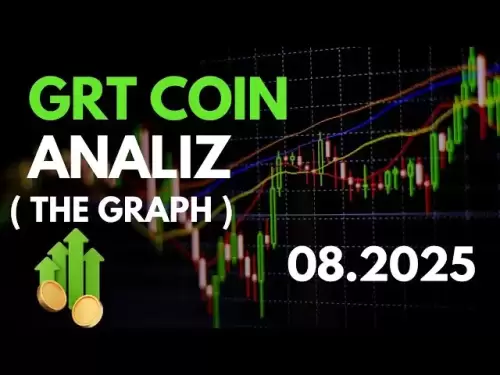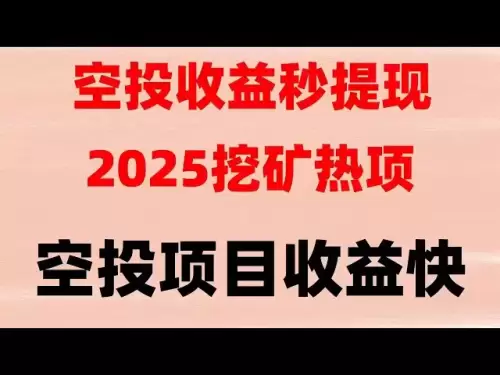-
 Bitcoin
Bitcoin $120500
1.76% -
 Ethereum
Ethereum $4193
-0.48% -
 XRP
XRP $3.234
1.03% -
 Tether USDt
Tether USDt $0.0000
-0.02% -
 BNB
BNB $798.6
-0.32% -
 Solana
Solana $179.3
-0.68% -
 USDC
USDC $0.9999
0.00% -
 Dogecoin
Dogecoin $0.2289
-1.49% -
 TRON
TRON $0.3405
-0.02% -
 Cardano
Cardano $0.7935
-0.01% -
 Hyperliquid
Hyperliquid $45.02
2.78% -
 Chainlink
Chainlink $21.44
-1.58% -
 Stellar
Stellar $0.4458
1.47% -
 Sui
Sui $3.756
-1.70% -
 Bitcoin Cash
Bitcoin Cash $590.0
3.98% -
 Hedera
Hedera $0.2543
-1.15% -
 Ethena USDe
Ethena USDe $1.001
-0.02% -
 Avalanche
Avalanche $23.48
-0.60% -
 Litecoin
Litecoin $127.5
4.38% -
 Toncoin
Toncoin $3.313
-0.65% -
 UNUS SED LEO
UNUS SED LEO $9.006
0.51% -
 Shiba Inu
Shiba Inu $0.00001322
-1.23% -
 Uniswap
Uniswap $10.69
0.49% -
 Polkadot
Polkadot $3.951
-1.48% -
 Dai
Dai $1.000
-0.01% -
 Cronos
Cronos $0.1650
2.94% -
 Ethena
Ethena $0.7955
6.47% -
 Bitget Token
Bitget Token $4.424
-0.39% -
 Monero
Monero $268.1
-1.22% -
 Pepe
Pepe $0.00001168
-2.62%
How to choose the right trading pair (e.g. BTC/USDT, BTC/USD)?
Consider trading pairs' underlying assets, liquidity, trading fees, volatility, and risk tolerance to select one that aligns with your trading strategy and investment goals.
Feb 25, 2025 at 12:01 am
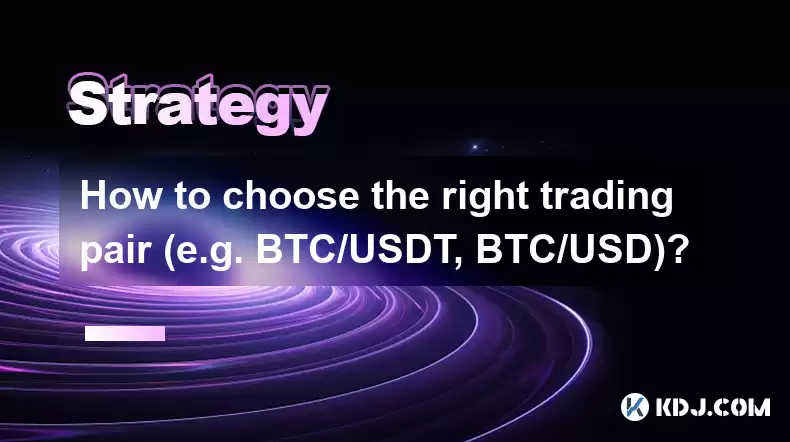
Key Points:
- Understand the differences between trading pairs based on underlying assets.
- Consider liquidity and trading volume.
- Evaluate trading fees associated with each pair.
- Assess the volatility and risk tolerance of different pairs.
- Choose a pair that aligns with your trading strategy and investment goals.
How to Choose the Right Trading Pair
1. Underlying Assets
The underlying assets of a trading pair represent the currencies or cryptocurrencies involved in the trade. Common underlying assets include:
- Cryptocurrencies (e.g., BTC, ETH, BNB): Pairs involving cryptocurrencies allow traders to speculate and profit from price fluctuations within the digital asset market.
- Fiat Currencies (e.g., USD, EUR, JPY): Fiat-crypto pairs connect the cryptocurrency market to traditional financial markets and facilitate the conversion between cryptocurrencies and fiat.
- Stablecoins (e.g., USDT, USDC, BUSD): Stablecoins pegged to fiat currencies provide stability against price volatility, making them suitable for trading pairs with cryptocurrencies.
2. Liquidity and Trading Volume
Liquidity refers to the ease with which an asset can be bought or sold without significantly impacting its price. Trading volume represents the total amount of assets traded in a given time period.
- High-liquidity pairs: These pairs, such as BTC/USDT or ETH/USD, offer tight spreads and minimal slippage during trading, ensuring easy entry and exit from positions.
- Low-liquidity pairs: Such pairs may have wider spreads and face more difficulty executing trades efficiently, leading to potential losses or delayed execution.
3. Trading Fees
Trading fees vary among exchanges and are typically charged on each buy or sell order. Consider the impact of fees on your profitability, especially for frequent trading or large trade sizes.
- Low-fee pairs: Exchanges may offer lower fees for highly traded pairs or those with high liquidity to attract traders and volume.
- High-fee pairs: Certain pairs, especially less popular or more speculative ones, may incur higher fees due to lower trading volume or other factors.
4. Volatility and Risk Tolerance
Volatility measures the degree of price fluctuations within a trading pair. Risk tolerance refers to your ability to withstand potential losses or adverse market movements.
- High-volatility pairs: Such pairs, like BTC/ETH or ETH/BTC, present higher potential rewards but also increased risk due to large price swings.
- Low-volatility pairs: Fiat-stablecoin pairs, such as BTC/USDT or ETH/USDC, offer less risk exposure and volatility, making them suitable for stable trading or long-term holding.
5. Trading Strategy and Investment Goals
The choice of trading pair should align with your specific trading strategy and investment goals.
- Speculation and short-term trading: Highly liquid and volatile pairs, such as BTC/USDT or ETH/EUR, may provide opportunities for short-term price movements and profit taking.
- Long-term investment: Stable pairs, such as BTC/USD or ETH/USD, offer a more stable investment option with lower volatility and risk, suitable for long-term accumulation or hedging.
FAQs
- What is the difference between BTC/USDT and BTC/USD pairs?
BTC/USDT represents trades involving Bitcoin and Tether, a stablecoin pegged to the US dollar. BTC/USD pairs involve trading Bitcoin against actual US dollars, which may have implications for liquidity and availability on specific exchanges. - Why should I consider volatility and risk tolerance?
Understanding the volatility of a trading pair is crucial to determine the potential risks and rewards involved and ensure that it aligns with your risk tolerance. Higher volatility pairs may yield higher profits but also expose you to greater potential losses. - How do trading fees impact my profitability?
Trading fees can eat into your profits, especially for frequent traders or large trade sizes. Compare fees among different exchanges and consider the impact on your overall profitability for each trading pair. - How do I choose the best trading pair for my strategy?
Consider your trading strategy, whether it involves speculation or long-term investment, and align your choice of trading pair with the attributes most relevant to your approach.
Disclaimer:info@kdj.com
The information provided is not trading advice. kdj.com does not assume any responsibility for any investments made based on the information provided in this article. Cryptocurrencies are highly volatile and it is highly recommended that you invest with caution after thorough research!
If you believe that the content used on this website infringes your copyright, please contact us immediately (info@kdj.com) and we will delete it promptly.
- Superman Takes Flight: A Deep Dive into the Comic Program and Coin Medals
- 2025-08-11 20:30:12
- Shiba Inu's Comeback Trail and the Meme Coin Mania: Can $SHIB Deliver a 12,000x Return?
- 2025-08-11 18:30:11
- Proof of Trust, Transparency, and User Safety: Keeping Crypto Real
- 2025-08-11 18:50:12
- Pudgy Penguins, Bitcoin Penguins, and the $22M Meme Coin Mania: A New York Perspective
- 2025-08-11 17:10:11
- Bitcoin L2 Heats Up: SatLayer (SLAY) Lists on KuCoin Amidst Layer-2 Boom
- 2025-08-11 16:50:12
- Ethereum, Coin Market Cap, and Solfart Token: A Wild Ride in the Crypto Universe
- 2025-08-11 17:50:12
Related knowledge

How to use stop-loss orders to limit potential losses?
Aug 08,2025 at 02:01pm
Understanding Stop-Loss Orders in Cryptocurrency TradingA stop-loss order is a risk management tool used by traders to automatically sell a cryptocurr...
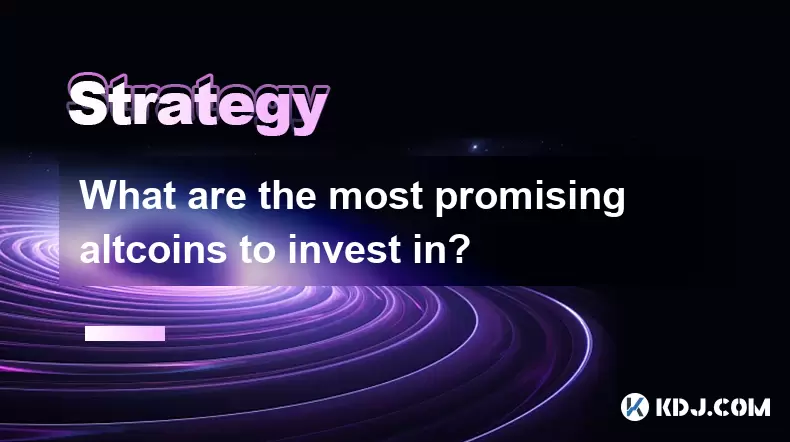
What are the most promising altcoins to invest in?
Aug 10,2025 at 11:42am
Understanding the Role of Private Keys in Cryptocurrency WalletsIn the world of cryptocurrency, private keys are the cornerstone of ownership and cont...

How to read cryptocurrency charts and use technical analysis?
Aug 08,2025 at 11:08am
Understanding the Basics of Cryptocurrency ChartsCryptocurrency charts are graphical representations of price movements over time. These charts are es...
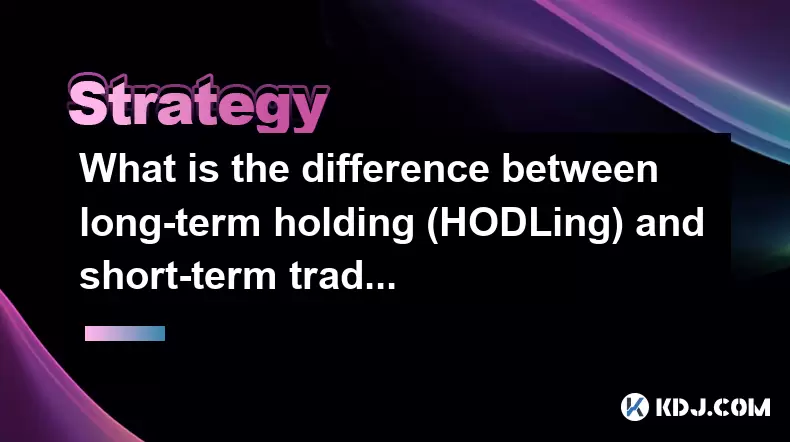
What is the difference between long-term holding (HODLing) and short-term trading?
Aug 10,2025 at 05:30pm
Understanding HODLing in the Cryptocurrency SpaceThe term HODL originated from a typo in a 2013 Bitcoin forum post and has since become a widely accep...

How to do your own research (DYOR) before investing in a crypto project?
Aug 08,2025 at 09:07pm
Understanding the Core Principles of DYOR in CryptocurrencyEngaging in due diligence before investing in any cryptocurrency project is essential to mi...
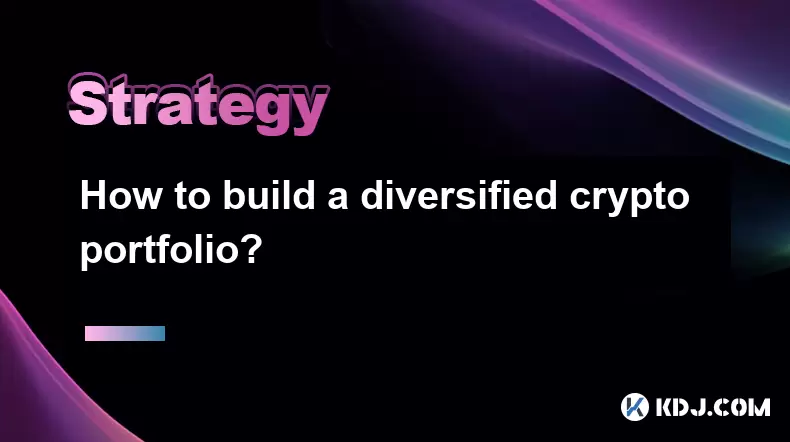
How to build a diversified crypto portfolio?
Aug 09,2025 at 12:21pm
Understanding the Importance of Diversification in CryptoDiversification in the cryptocurrency space is a strategy used to reduce risk by spreading in...

How to use stop-loss orders to limit potential losses?
Aug 08,2025 at 02:01pm
Understanding Stop-Loss Orders in Cryptocurrency TradingA stop-loss order is a risk management tool used by traders to automatically sell a cryptocurr...

What are the most promising altcoins to invest in?
Aug 10,2025 at 11:42am
Understanding the Role of Private Keys in Cryptocurrency WalletsIn the world of cryptocurrency, private keys are the cornerstone of ownership and cont...

How to read cryptocurrency charts and use technical analysis?
Aug 08,2025 at 11:08am
Understanding the Basics of Cryptocurrency ChartsCryptocurrency charts are graphical representations of price movements over time. These charts are es...

What is the difference between long-term holding (HODLing) and short-term trading?
Aug 10,2025 at 05:30pm
Understanding HODLing in the Cryptocurrency SpaceThe term HODL originated from a typo in a 2013 Bitcoin forum post and has since become a widely accep...

How to do your own research (DYOR) before investing in a crypto project?
Aug 08,2025 at 09:07pm
Understanding the Core Principles of DYOR in CryptocurrencyEngaging in due diligence before investing in any cryptocurrency project is essential to mi...

How to build a diversified crypto portfolio?
Aug 09,2025 at 12:21pm
Understanding the Importance of Diversification in CryptoDiversification in the cryptocurrency space is a strategy used to reduce risk by spreading in...
See all articles





















